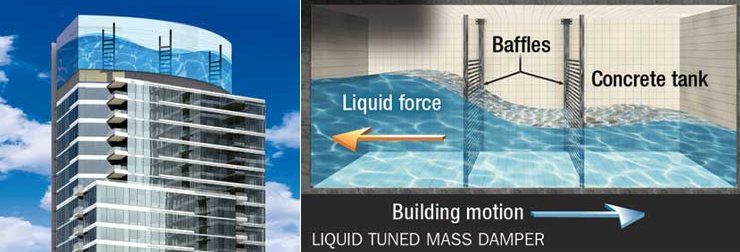TGIF!
Today’s Environment of the Week will be the New Fort Belvoir (Va.) Community Hospital Project
Name project: Fort Belvoir (Va.) Community Hospital Project
Managed By: Army Corp of Engineers.
Managed By: Army Corp of Engineers.
Architects:HDR of Alexandria VA & Dewberry
General contractor:Turner Construction & Gilbane Building Co.
Cost: Beginning of a new $747 million medical treatment facilityTotal Height: 495 Ft.
Floor count:1.2 Million SF. 7 Story builing.
Population: 140 total patient beds
Date of completion: Summer 2010
 National Capitol Area active and retired military and their families will be the beneficiaries of a new community hospital being built on Fort Belvoir, Va., just south of Washington, D.C. Groundbreaking for the new state-of-the-art health care facility was held on Nov. 8, 2007, marking the beginning phase of a new era in military health care in the National Capital area and the start of on-ground work on the new $747 million medical treatment facility, part of the 2005 Base Realignment and Closure (BRAC) program.
National Capitol Area active and retired military and their families will be the beneficiaries of a new community hospital being built on Fort Belvoir, Va., just south of Washington, D.C. Groundbreaking for the new state-of-the-art health care facility was held on Nov. 8, 2007, marking the beginning phase of a new era in military health care in the National Capital area and the start of on-ground work on the new $747 million medical treatment facility, part of the 2005 Base Realignment and Closure (BRAC) program.The hospital’s construction phase, managed by the Corps of Engineers' Norfolk District, is expected to be completed in late summer 2010. The facility will then be turned over to the U.S Army Medical Command to staff and equip for subsequent operation.
Once opened, the hospital will be part of an integrated health care network providing world-class medical services to the nation's wounded soldiers and families. The hospital is one piece of a realignment designed to increase hospital and outpatient care to all service members and veterans under BRAC 2005. Other elements of the health care network include the realignment of Walter Reed Army Medical Center and the Naval National Medical Center in Bethesda, Md. State-of-the-art features
State-of-the-art features
The hospital’s conceptual design calls for a 1.2 million square foot, seven-level community hospital, including medical administration areas. The design includes 120 in-patient beds, a 10-bed intensive care unit, a 10-bed behavioral health inpatient unit, a cancer center, an emergency department, a pharmacy, an operative services center with 10 operating rooms, diagnostic centers such as pathology and radiology, and modular clinic space dedicated to outpatient services. Additional space is planned for future outpatient expansion. In addition to the square footage of the facility itself, the project includes two parking garages and surface parking for 2,600 parking spaces, a helipad, ambulance shelter and dedicated central energy plant.Designs also include logistics and administrative services, food services, a chapel and other amenities. Supporting facilities include utilities (water, sewer, gas, HVAC, steam and electric services), paving, walks, fencing, storm drainage, site improvements, communication and information systems, fire protection and alarm systems, site improvements that include parking spaces, landscaping buffers and additional site amenities and public access space.
An innovative design & construction project
The new community hospital is being designed and constructed through an Integrated/Design/Bid/Build (IDBB) procurement. This is an innovative process that uses coordination between the hospital design firm and the actual construction contractor to increase constructability, and provide accurate cost/schedule impacts of design decisions and resulting in fewer design omissions and errors. The process enabled the Corps of Engineers to establish a construction contract on the hospital long before traditional processes would have allowed, meeting the accelerated construction timelines dictated by BRAC.






















